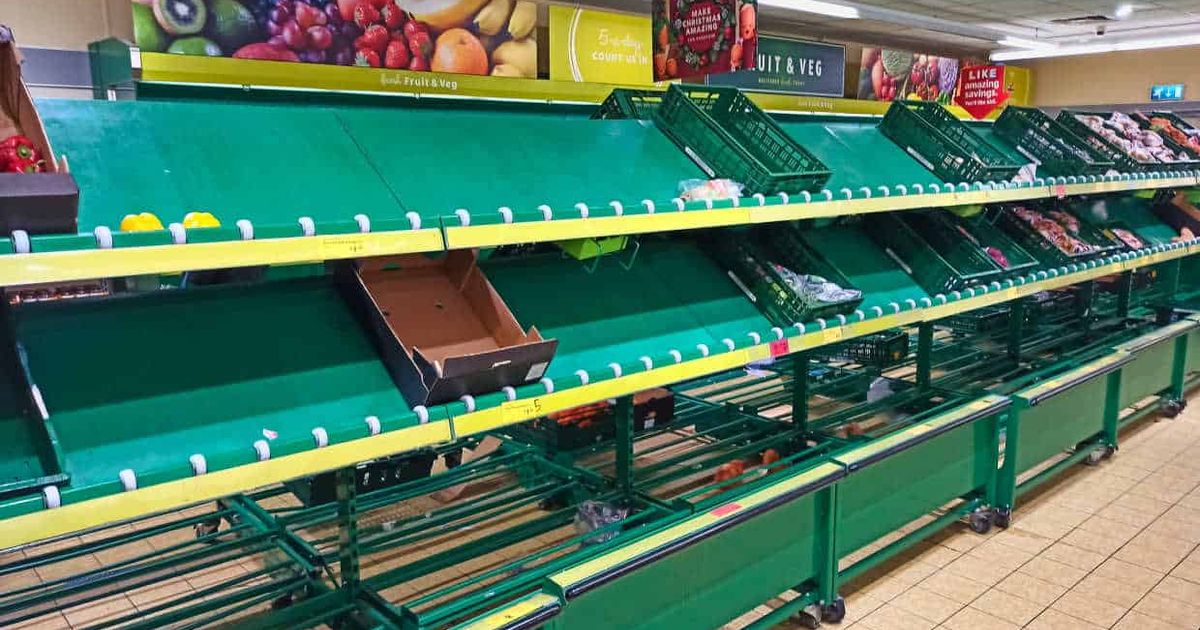Food deserts – areas where affordable, plentiful and culturally appropriate food is not readily available – are a problem in America, leaving millions of people without convenient access to healthy food. Understanding this crisis, including its causes and current state, can help push for changes that address food deserts. The impact of food deserts on American communities Food insecurity affects many Americans in communities throughout the country.
Although food insecurity occurs for a number of reasons, one cause is a lack of access to food, particularly fresh fruits and vegetables, despite having the means to buy it. According to the USDA, a food desert occurs when more than 33% of the population in urban spaces is further than one mile from a supermarket. In a rural setting, 33% of people must be more than 10 miles from a supermarket.

By this standard, over 18 million people lived in food deserts in 2019. Groups tackling food insecurity, like the Food Empowerment Project, note that lack of access to food goes beyond the distance a family lives from the grocery store. Lack of public transit to get to a grocery store, understocked stores and high food prices all contribute to difficulty accessing food.
For these reasons, and the fact that food deserts are predominately in communities where Black people and other people of color are the majority, activists in the space are advocating for an updating of terms. Jo Walker, a Master’s student at the University of Michigan, .























